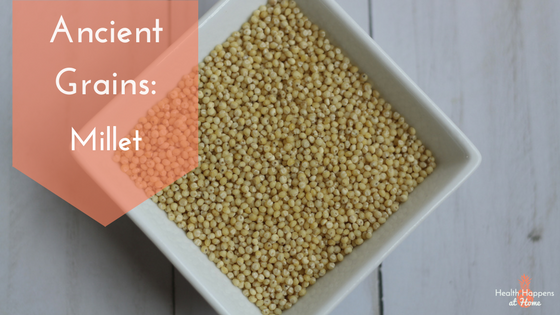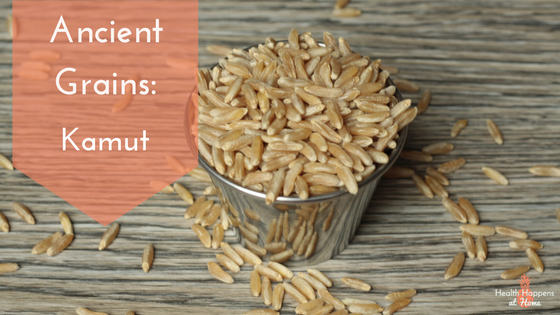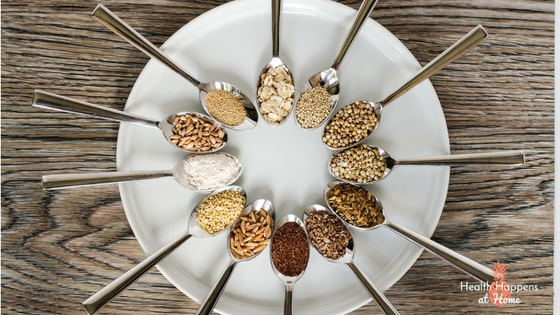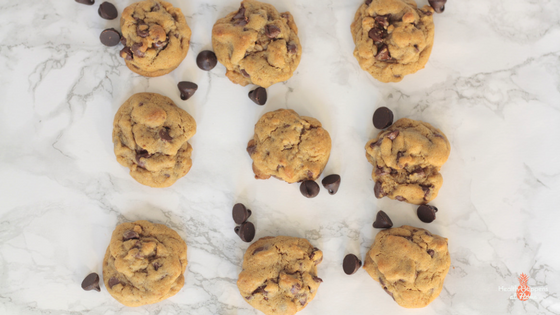Facts on Millet:
- Good source of magnesium, copper, manganese and phosphorus
- Magnesium in millet and other foods has been shown to reduce severity of asthma and frequency of migraines, aid in blood pressure control and may reduce heart attack risk.
- The phytonutrient activity in whole grains, including millet, has been shown to be similar to that of fruits and vegetables
- Is gluten free but may be cross contaminated in processing
- Aids in cholesterol control especially in reducing triglycerides
- Is a mild thyroid perodiase inhibitor, so those with thyroid disease should avoid eating large quantities of millet
To prepare millet:
To increase flavor, consider toasting millet before cooking by placing dry millet in a preheated skillet over medium heat and stirring for about 10 minutes or until millet turns golden brown in color.
Then add 1 part millet to 2 1/2 parts liquid (water or broth), cover, and bring to a boil. Then reduce heat and simmer for about 25 minutes.
Fluff and serve.
Sources/Resources for more information:
http://www.whfoods.com/genpage.php?tname=foodspice&dbid=53
https://wholegrainscouncil.org/whole-grains-101/easy-ways-enjoy-whole-grains/grain-month-calendar/millet-and-teff-%E2%80%93-november-grains
https://www.drweil.com/diet-nutrition/cooking-cookware/cooking-with-grains-millet/
Content in this post originally appeared first in the Nutrition Nibbles Monthly Newsletter. Subscribe below to get new content first:






















Ancient grain summary of posts including recipes links!